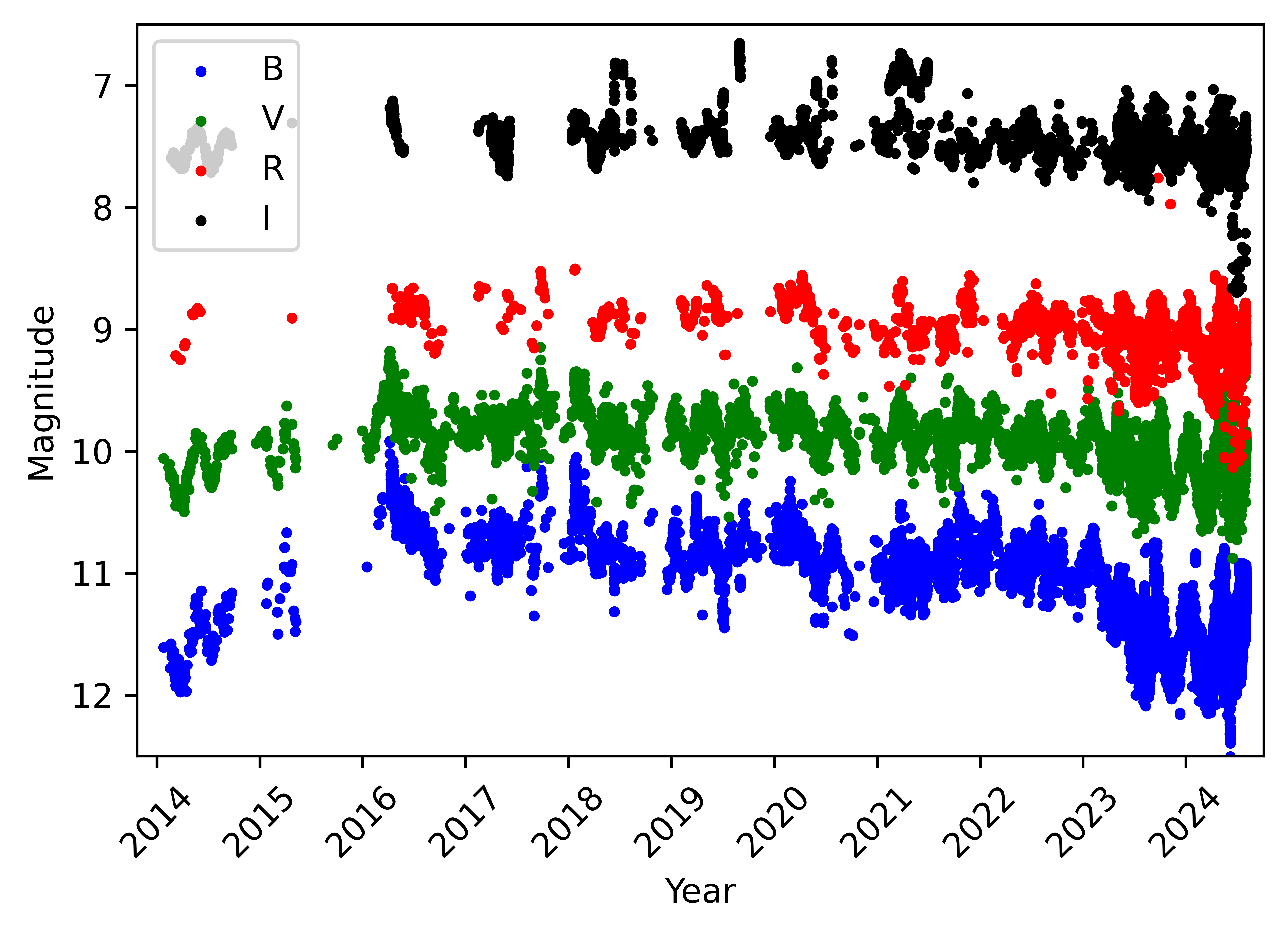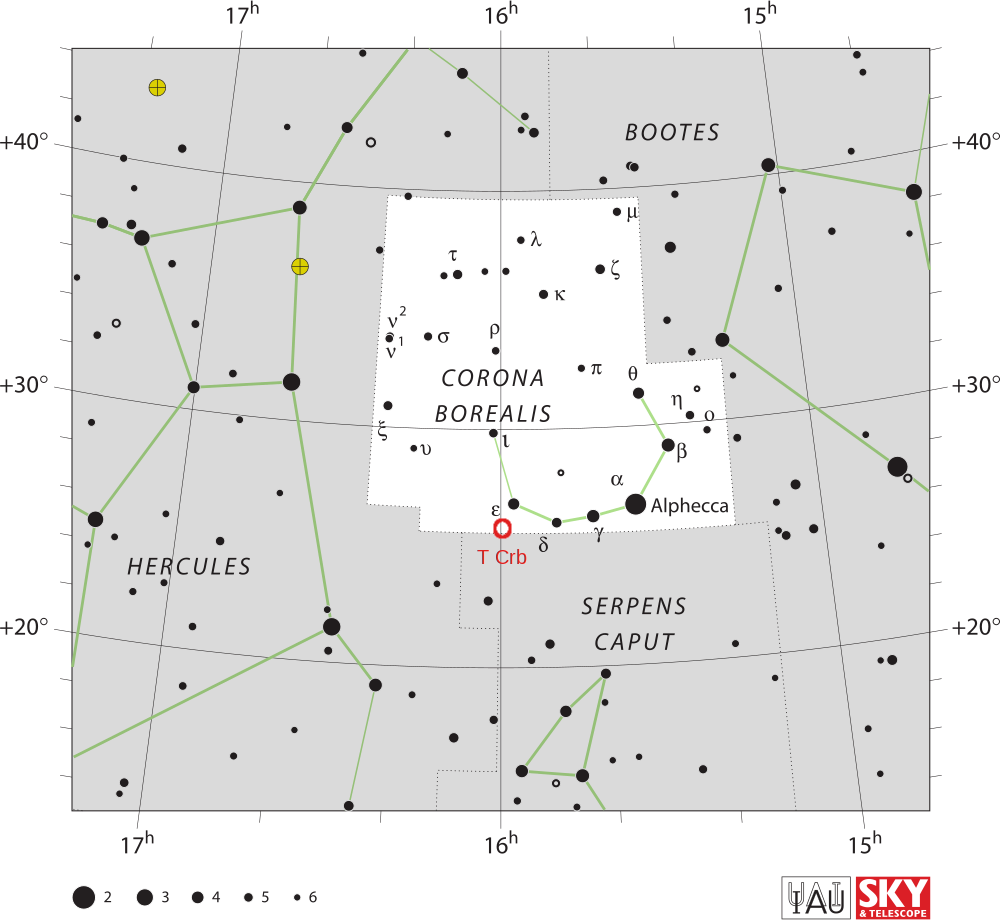In ancient times, the Romans or ancient Greeks were already observing "new stars", which they called stella novae. These are transient astronomical events that cause a sudden brightness increase of a stellar object up to 6 to 19 magnitudes, which then slowly fades over weeks or months. Such nova eruptions are observed in close binary systems involving white dwarfs, which are the remnants of low- and intermediate-mass stars, and a companion that transfers mass onto the white dwarf. The companions are low-mass main-sequence stars in most cases, but can also be evolved stars as a subgiant or red giant. In the latter case, the objects are called symbiotic stars. The matter accreted onto the surface of the white dwarf is building up a dense but shallow atmosphere. The strong gravitation from the white dwarf compresses this atmosphere, which consists mostly of hydrogen, and heats it up. When a critical temperature is reached, a runaway fusion of hydrogen sets in and this sudden increase in energy causes the violent ejection of the shallow atmosphere into the surrounding space. The expansion and cooling of the ejecta makes it emit in the optical. Most novae are observed only once, but there are ten objects where several novae have been observed so far. They are called recurrent novae.


Top: Evolution of the spectrum of T Coronae Borealis from March 2024 to the present obtained during our observation campaign using the Coude spectrograph at the TLS 2m-telescope demonstrated on the Balmer Hα line. Bottom: AAVSO light curve of T Coronae Borealis in the B, V, R and I band from 2014 to the present and from the last nova outburst (Image: TLS / HP Dörr / V. Schaffenroth).
T Coronae Borealis (constellation crown) is a symbiotic binary in a distance of about 3000 light years with an orbital period of 227.5687 days and one of these few recurrent novae. The primary star is a white dwarf with a radius close to the radius of the earth and a mass of about 1.4 solar masses. The companion is a red giant of about 75 solar radii and a mass of 1.1 solar masses. So far, two nova outbursts of this object on May 12, 1866 and February 9, 1946 have definitely been recorded. It may have been observed in 1217 and 1787 as well. T Coronae Borealis has normally a magnitude of about 10, but in outburst it will reach a magnitude of about 2-3 and will so be visible with the naked eye. In February 2015 the object brightened about 0.75 magnitudes and became bluer. For the next 6 years, it stayed brighter than normal. In March 2023 the luminosity decreased. The fading in R and I is significantly lower than in B and V, which is consistent with increasing absorption as a result of dust. The same was observed before the last nova outburst. The next outburst is therefore expected to occur in the coming months. In addition, the spectra of the T Coronae Borealis show a significant evolution, which we detected in our observing campaign using the Coude spectrograph mounted at the TLS 2m-telescope. Until the beginning of this year, a significant weakening of the emission in the Hα spectral line, which comes from the accretion disk and whose strength is linked to the mass transfer rate, can be observed. In the last months, the emission line got stronger again, which might mean an increasing accretion rate.
How to find T Coronae Borealis ?
It will be visible in the constellation Northern Crown (RA=15:59:30.2 DEC=+25:55:12.6)

Map of the constellation Northern Crown with the position of T Coronae Borealis
Contact:
Dr. Veronika Schaffenroth
E-Mail: schaffenroth@tls-tautenburg.de

